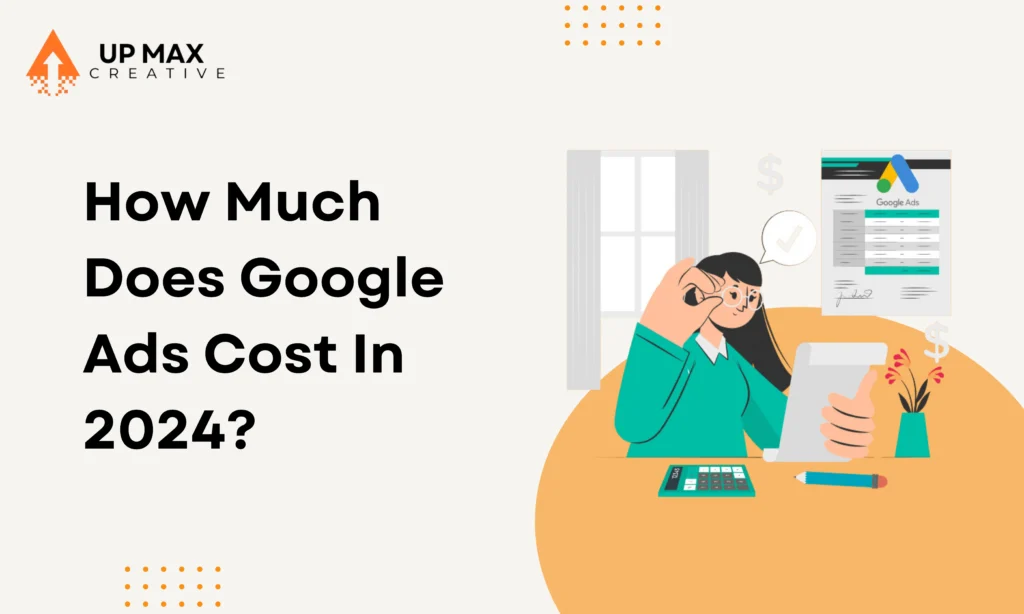
In the evolving landscape of digital marketing, Google Ads remains a cornerstone for businesses looking to enhance their online presence and drive targeted traffic. As we step into 2024, understanding the cost dynamics of Google Ads is crucial for effective budget planning and campaign optimization. This comprehensive guide will delve into the various factors that influence Google Ads costs, provide insights into average pricing, and offer strategies to maximize your advertising ROI.
Factors Influencing Google Ads Costs
Bidding Strategy
One of the primary determinants of your Google Ads costs is the bidding strategy you choose. Google offers several bidding options such as Cost-Per-Click (CPC), Cost-Per-Thousand Impressions (CPM), and Cost-Per-Acquisition (CPA). Each strategy impacts your overall expenditure differently, so selecting the one that aligns with your campaign goals is essential.
Quality Score
Google assigns a Quality Score to your ads based on their relevance and the user experience they offer. Higher Quality Scores typically result in lower costs per click, as Google rewards relevant and well-optimized ads with better ad placements and lower bid prices.
Industry and Competition
The industry you operate in and the level of competition for your chosen keywords significantly affect Google Ads costs. Highly competitive industries like finance, law, and real estate tend to have higher CPCs due to the intense bidding wars for top positions.
Geographical Targeting
The location you target with your ads also plays a crucial role in determining costs. Ads targeting regions with higher average incomes or higher levels of competition generally incur higher costs per click.
Ad Relevance and Landing Page Experience
Google evaluates the relevance of your ad copy and the user experience on your landing page. Ensuring that your ads are highly relevant to your target keywords and that your landing pages provide a seamless user experience can help lower your ad costs.
Average Google Ads Costs in 2024
Based on recent industry data, the average cost-per-click (CPC) for Google Ads ranges from $1 to $2 for the Google Search Network. However, this average can vary widely depending on the industry and keyword competition. For example, keywords in the legal industry can cost upwards of $50 per click, while less competitive niches might see CPCs below $1.
Budgeting for Google Ads
Setting a Realistic Budget
When planning your Google Ads budget, it’s important to start with a realistic figure that aligns with your overall marketing goals and financial capabilities. A common approach is to allocate a specific percentage of your total marketing budget to Google Ads.
Daily and Monthly Budgeting
Google Ads allows you to set daily budgets to control your spending. By setting daily limits, you can manage your ad spend effectively and ensure you don’t exceed your monthly budget.
Monitoring and Adjusting
Regularly monitoring your ad performance and making necessary adjustments is key to maintaining an efficient budget. Use Google Ads’ reporting tools to track metrics like click-through rates (CTR), conversion rates, and cost-per-acquisition (CPA) to optimize your campaigns continually.
Strategies to Maximize ROI
Keyword Research and Optimization
Conduct thorough keyword research to identify high-performing keywords with manageable competition. Utilize long-tail keywords to attract more targeted traffic and reduce CPC.
Ad Copy and Extensions
Craft compelling ad copy that resonates with your target audience and includes strong calls-to-action (CTAs). Utilize ad extensions to provide additional information and improve your ad’s visibility and click-through rates.
Landing Page Optimization
Ensure that your landing pages are optimized for conversions. This includes having a clear and relevant headline, persuasive copy, and a seamless user experience. A well-optimized landing page can significantly improve your Quality Score and reduce ad costs.
A/B Testing
Regularly conduct A/B tests on your ads and landing pages to identify what works best. Experiment with different headlines, ad copy, images, and CTAs to optimize your campaigns for better performance.
Conclusion
Understanding the cost dynamics of Google Ads and implementing effective budgeting and optimization strategies can help you maximize your advertising ROI in 2024. By considering factors like bidding strategies, Quality Score, industry competition, and geographical targeting, you can make informed decisions that drive successful ad campaigns. Stay ahead in the competitive digital landscape by continuously monitoring your ad performance and adapting to the ever-evolving market trends.
FAQs
How does Google determine the cost of ads?
Google determines ad costs through an auction system where advertisers bid on keywords. The actual cost is influenced by the bid amount, ad relevance, and Quality Score.
Can I control how much I spend on Google Ads?
Yes, you can set daily and monthly budgets to control your spending on Google Ads. Regular monitoring and adjustments can help you stay within your budget.
What is a good Quality Score in Google Ads?
A Quality Score of 7 or above is considered good. Higher scores indicate more relevant ads and can result in lower costs and better ad placements.
Are Google Ads worth the investment?
Google Ads can be highly effective if managed properly. They offer targeted reach, measurable results, and flexibility in budgeting, making them a valuable investment for many businesses.
How often should I review my Google Ads campaigns?
It’s advisable to review your campaigns at least once a week. Regular reviews help you make timely adjustments and optimize your ads for better performance.
What are some common mistakes to avoid in Google Ads?
Common mistakes include neglecting keyword research, not optimizing ad copy and landing pages, ignoring Quality Scores, and failing to track and analyze campaign performance.